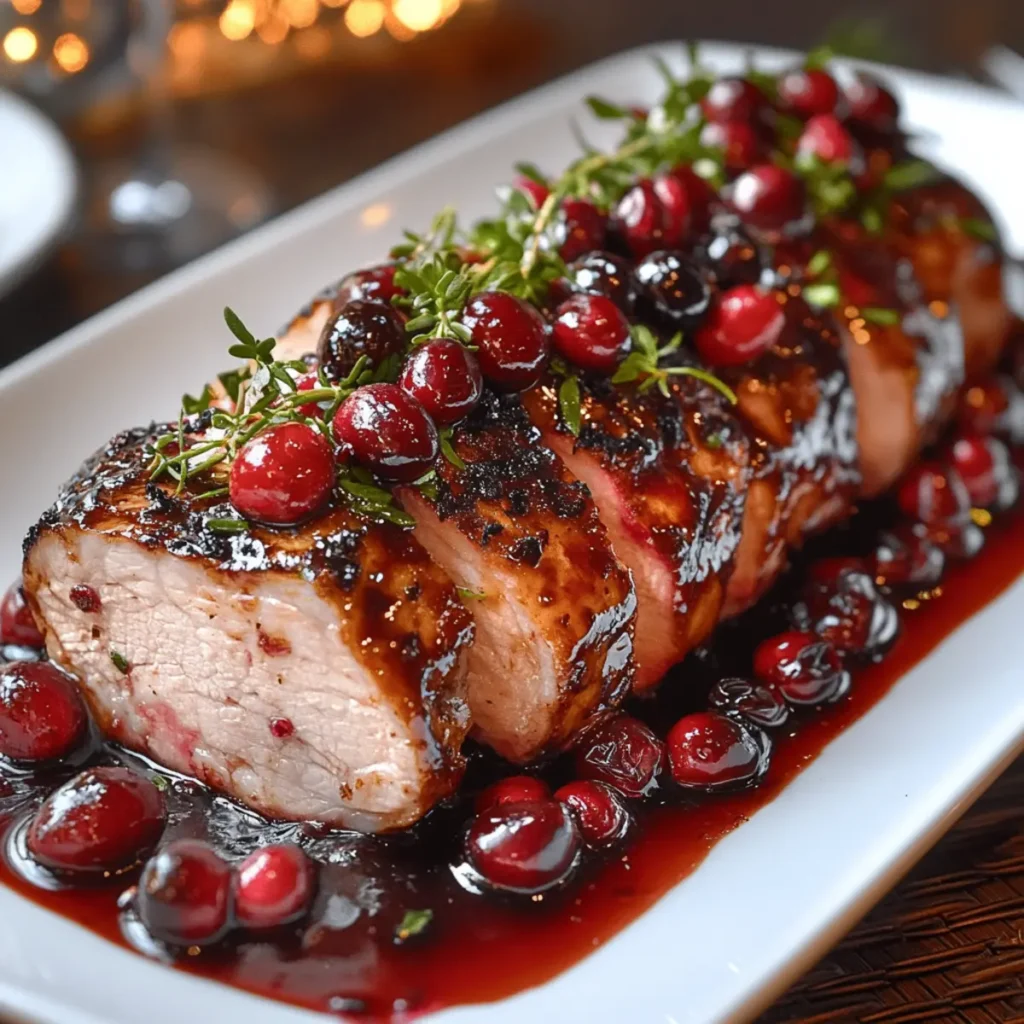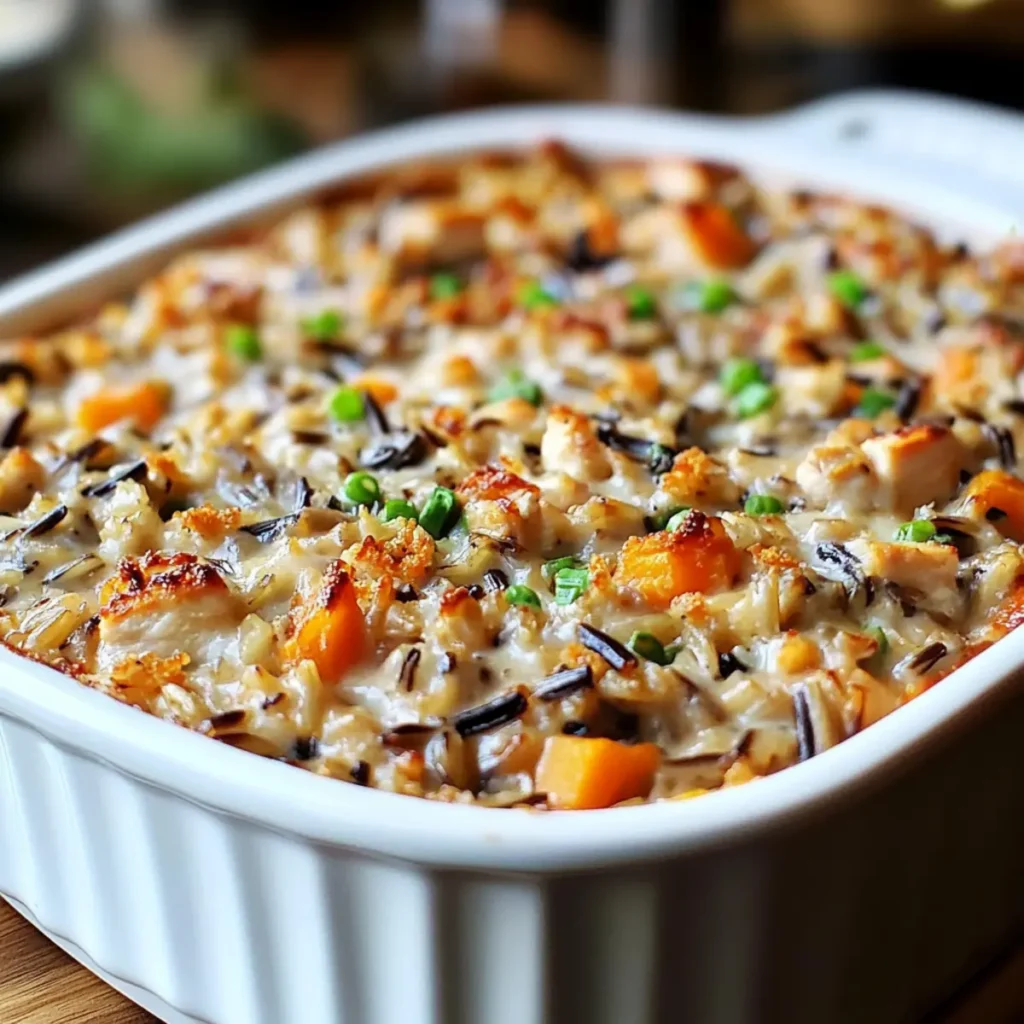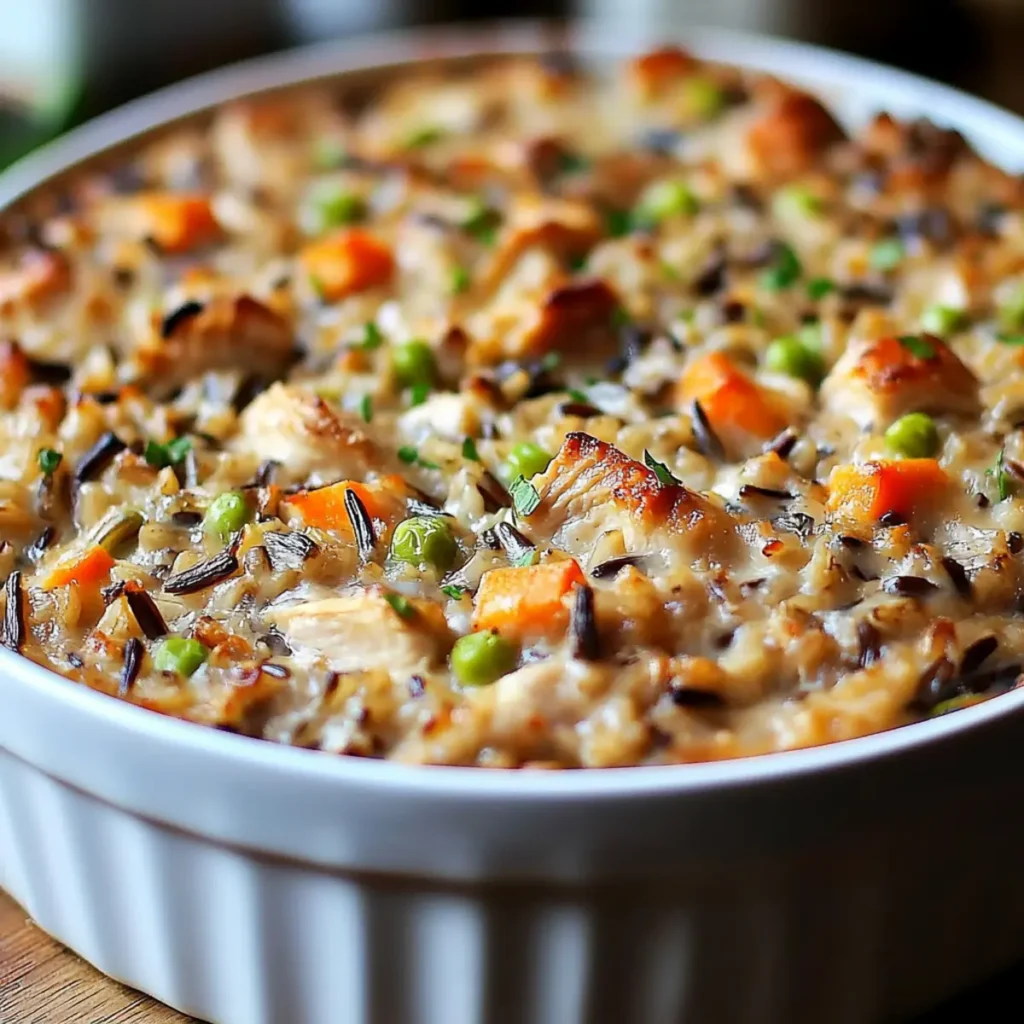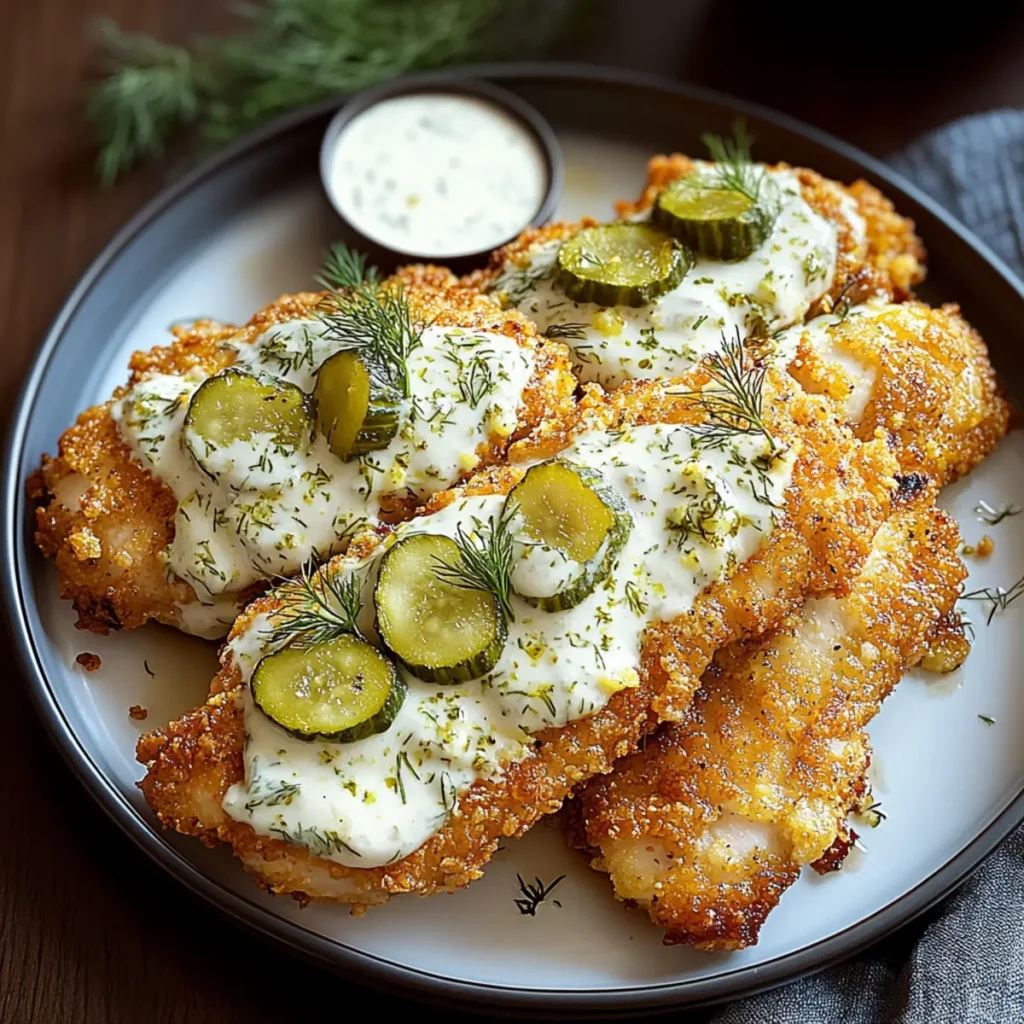In the realm of baking, themed cakes have emerged as a canvas for creativity and personal expression. Among these, the bassoon cake stands out as a unique blend of culinary skill and musical homage. Ideal for music lovers and instrumentalists, this cake is not just a treat for the palate but also a feast for the eyes.
Why a Bassoon Cake? Celebrating Music with Every Slice
In the symphony of themed desserts, a bassoon cake strikes a unique chord. This choice isn’t just about its visual appeal or the challenge it presents to bakers. It’s a celebration of music, an ode to one of the most distinctive and melodious woodwind instruments in the orchestra.
The bassoon, with its deep, resonant sound, often goes unnoticed, overshadowed by the more prominent strings or brass. Yet, its presence is vital, adding depth and richness to the musical ensemble. In a similar vein, a bassoon cake is not your everyday dessert. It’s a special creation, meant for occasions where music and merriment intertwine.
Choosing to bake a bassoon cake is a nod to the instrument’s intricate design and the skill it requires to play. It’s a homage to the patience and precision of musicians, mirrored in the careful crafting of the cake. Each layer of frosting, each decorative note, parallels the meticulous assembly of a bassoon and the careful tuning it undergoes.
Crafting Your Masterpiece: Ingredients and Equipment
Embarking on the journey of creating a bassoon cake is both exciting and meticulous. To ensure your culinary composition hits the right notes, you’ll need a blend of basic baking ingredients and some specialized equipment. Here’s what you’ll need to gather before you start:
Ingredients:
- Cake Mix: Choose a high-quality cake mix for a 9×13 pan. This will serve as the foundation of your bassoon cake. If you’re feeling adventurous, you can opt for a homemade cake recipe.
- Chocolate Frosting: A can of rich chocolate frosting is essential for covering the cake and giving it that classic bassoon look.
- White Frosting: For the intricate details and keys of the bassoon, white frosting will be your go-to.
- Chocolate-Covered Mint Patties: These will represent the bassoon’s keys and add a delightful minty flavor.
- Licorice Twist: This will be used to create the bocal, the curved tube of the bassoon. It’s crucial for adding that authentic touch to your cake.
Equipment:
- 9×13 Cake Pan: The right size pan is crucial for getting the proportions of your bassoon cake just right.
- Frosting Pouch or Decorating Tube: Precision is key in decorating your cake, and a frosting pouch or tube will help you apply detailed designs.
- Serving Surface: You’ll need something sturdy and at least 6″ x 39″ to assemble and display your cake. A piece of sturdy cardboard covered with waxed paper works well.
- Ruler: For ensuring the accuracy of your cake slices and the placement of decorative elements.
- Wire Rack: Essential for cooling the cake after baking, ensuring it’s at the perfect temperature for slicing and decorating.
Gathering these ingredients and tools is the first step in creating your bassoon cake. Each element plays a crucial role in ensuring that your cake not only looks impressive but also tastes delightful. With everything in place, you’re ready to start baking and decorating your musical masterpiece!
Step-by-Step Baking Instructions: Creating the Base
Creating the base of your bassoon cake is the first step in bringing this musical dessert to life. Follow these detailed instructions to ensure a solid and delicious foundation:
Preheat Your Oven:
Start by preheating your oven to the temperature specified on your cake mix box. This ensures a consistent baking environment.
Prepare the Cake Pan:
Lightly grease your 9×13 cake pan. You can use non-stick spray or a light coating of butter and flour to prevent the cake from sticking.
Mix the Cake Batter:
Follow the instructions on your cake mix box to prepare the batter. If you’re using a homemade recipe, ensure all ingredients are combined smoothly. For more tips on creating the perfect cake batter, check out King Arthur Baking.
Bake the Cake:
Pour the batter into the prepared pan and smooth the top with a spatula. Place it in the preheated oven and bake as directed. The baking time might vary slightly depending on your oven and the specific mix or recipe used.
Cool the Cake:
After baking, remove the cake from the oven and let it cool in the pan for about 10 minutes. Then, carefully turn it out onto a wire rack to cool completely. This step is crucial for the structural integrity of your cake. For best practices in cooling cakes, visit Wilton’s Cake Cooling Guide.
Slice the Cake:
Once completely cooled, use a serrated knife and a ruler to slice the cake lengthwise into three pieces. You’ll want two slices to be approximately 3.5 inches wide and the third slice about 2 inches wide. This will create the different sections of the bassoon.
Assemble the Base:
Arrange the slices on your serving surface. Place the two wider slices end to end, forming the lower part of the bassoon, and then add the narrower slice at the top, slightly to the left, mimicking the shape of a bassoon. Use a little of the chocolate frosting to “glue” the pieces together.
By following these steps, you’ll have a well-baked and structurally sound base for your bassoon cake. This foundation is key to a successful and impressive final product. Remember, patience and attention to detail are as important in baking as they are in playing a beautiful piece of music.
Decorating Your Bassoon Cake: An Artistic Endeavor
The true artistry in creating a bassoon cake lies in its decoration. This is where your creativity and attention to detail come into play. Follow these steps to ensure your cake is not only delicious but also a visual masterpiece:
Apply the Chocolate Frosting:
Begin by evenly spreading the chocolate frosting over the entire cake. This serves as the base color of the bassoon. The frosting should be smooth and consistent. For tips on achieving the perfect frosting texture, you might find Yummyolk’s guide on perfect strawberry cream cheese frosting helpful, as the techniques can be applied to any frosting type.
Adding the Mint Patties:
Place the chocolate-covered mint patties along the length of the cake to represent the bassoon’s keys. Ensure they are evenly spaced and symmetrically placed for an authentic look.
Detailing with White Frosting:
Use the white frosting to create the intricate details of the bassoon. This includes the caps and metal joint rings. A frosting pouch or decorating tube will give you the precision needed for these finer details. For inspiration on decorative frosting techniques, check out Yummyolk’s dessert decoration ideas.
Drawing the Keys and Rods:
With the frosting pouch, carefully draw the rest of the keys and rods on the bassoon cake. If the frosting is too soft, refrigerate it for a while before you start to draw. This step requires a steady hand and a bit of artistic flair. You can refer to a picture of a bassoon for guidance.
Creating the Bocal:
The licorice twist is used to represent the bocal of the bassoon. If it doesn’t stay in shape, consider drawing one with frosting instead. For ideas on how to use licorice creatively in your baking, explore Yummyolk’s unique dessert recipes.
Final Touches:
Stand back and admire your creation, making any final adjustments to ensure your bassoon cake looks as realistic and appealing as possible.
Remember, the key to a successful bassoon cake is patience and creativity. Don’t rush the decorating process, and feel free to add your personal touch to make it unique. When you’re done, you’ll have a stunning and delicious bassoon cake that’s sure to impress any music lover or dessert enthusiast!
Bassoon Cake in Culture: More Than Just a Dessert
The bassoon cake transcends the boundaries of a mere culinary delight, embedding itself deeply into the tapestry of cultural and musical celebration. This unique dessert does more than just satiate the taste buds; it serves as a symbol of the rich interplay between the culinary arts and musical expression.
A Symbol of Musical Appreciation
The bassoon, often considered the underdog of the orchestra, holds a special place in the hearts of classical music enthusiasts. Its deep, resonant sound adds a layer of complexity to orchestral compositions. Similarly, the bassoon cake is not just a novelty item but a tribute to the sophistication and elegance of classical music. It’s a way for bakers and hosts to express their admiration for the art form, making it a popular choice for recitals, music-themed parties, and gatherings of musicians and aficionados.
Community and Connection
In communities like Bassoonists United, the bassoon cake becomes a centerpiece for discussion and camaraderie. These groups, thriving on social media and in local gatherings, provide a platform for bassoonists and music lovers to share their experiences, tips, and, of course, their love for unique desserts like the bassoon cake. It’s in these spaces that the cake transcends its role as a dessert and becomes a symbol of community and shared passion.
Educational Tool
For music teachers and educators, the bassoon cake can be a fun and engaging way to introduce students to different musical instruments, particularly those less known like the bassoon. It sparks curiosity and interest in learning about the instrument’s history, construction, and role in an orchestra, making education a delicious endeavor.
Artistic Inspiration
The process of creating a bassoon cake itself is an artistic journey. It encourages bakers to explore the intersection of visual art and culinary skills, pushing the boundaries of traditional cake design. The cake becomes a canvas, reflecting the baker’s creativity, precision, and attention to detail—qualities shared with skilled musicians.
In conclusion, the bassoon cake is more than just a dessert; it’s a celebration of music, a tool for education, a means of community building, and an artistic expression. It embodies the joy and creativity inherent in both baking and music-making, making it a beloved creation for many.
Commercial Bassoon Cake Options: When to Go Professional
While crafting a bassoon cake at home can be a rewarding endeavor, there are times when turning to a professional baker might be the best option. Whether it’s due to time constraints, the need for intricate detailing, or simply wanting a touch of professional finesse, commercial options for a bassoon-themed cake offer convenience and expertise.
Reasons to Choose a Professional Baker
- Expertise in Detailing: Professional bakers bring a level of artistry and precision that can be hard to replicate at home. Their expertise is especially valuable for intricate designs like the keys and curves of a bassoon.
- Time and Convenience: Creating a detailed cake like this can be time-consuming. If you’re pressed for time or have a busy schedule, a professional can save you the effort while ensuring a high-quality result.
- Large Events: For big events like recitals, music festivals, or large parties, a professional baker can provide a cake that not only looks great but can also serve a large number of guests.
- Customization Options: Professional bakers can offer a wider range of customization options, from flavors to design details, ensuring your bassoon cake is exactly as you envision it.
Finding the Right Baker
- Check Local Bakeries: Start by exploring local bakeries. Many have portfolios or galleries where you can see examples of their previous work.
- Online Marketplaces: Platforms like Etsy offer a variety of custom cake options, including bassoon cake toppers and decorations that can add a professional touch to your homemade cake. Visit Etsy’s bassoon cake topper selection for ideas.
- Specialty Cake Shops: Some bakeries specialize in custom cakes and may have experience with musical instrument-themed desserts. These shops are often the best choice for highly detailed and specialized designs.
- Consultations: When you’ve found a potential baker, schedule a consultation to discuss your vision, budget, and any specific requirements you might have for your bassoon cake.
Things to Consider
- Budget: Custom cakes can be more expensive than homemade ones, so consider your budget when deciding to go professional.
- Lead Time: Custom cakes require advance notice, sometimes weeks or even months, depending on the bakery’s schedule and the complexity of the design.
- Delivery and Setup: For larger cakes or intricate designs, inquire about delivery and setup services to ensure your cake arrives in perfect condition.
In summary, while making a bassoon cake at home can be a fun and fulfilling project, there are situations where a professional’s skill and efficiency are invaluable. By choosing the right baker and planning ahead, you can have a stunning bassoon cake that’s sure to be the highlight of your event.
FAQs about Baking and Decorating a Bassoon Cake
Is There Such Thing as a Bassoon Cake?
Yes, a bassoon cake is indeed a real and quite unique concept in the world of themed cakes. It’s a cake designed to resemble a bassoon, a woodwind instrument known for its distinctive shape and sound. These cakes are often created for music-themed events, celebrations for musicians, or for those who have a special appreciation for the bassoon. The creativity in a bassoon cake lies in its decoration, where bakers use frosting, fondant, and other edible elements to replicate the intricate details of the bassoon.
What types of cake are there?
The world of cakes is vast and varied, with a multitude of types based on ingredients, preparation methods, and cultural significance. Here are some of the most popular types:
Layer Cakes:
- These are perhaps the most classic type, consisting of multiple layers of cake separated by frosting or filling. Examples include chocolate, vanilla, and red velvet cakes.
Sheet Cakes:
- Baked in a large, flat rectangular pan, sheet cakes are ideal for serving a large number of people. They are often used for events like birthdays and office parties.
Sponge Cakes:
- Light and airy, sponge cakes get their fluffy texture from beaten eggs. They can be flavored in various ways and often form the base for more elaborate desserts.
Pound Cakes:
- Known for their dense and buttery texture, pound cakes traditionally used a pound each of butter, sugar, eggs, and flour. They are simple yet rich in flavor.
Bundt Cakes:
- Recognizable by their distinctive ring shape, Bundt cakes can range from simple to elaborate, with various flavors and toppings.
Cheesecakes:
- Made with soft cheese, eggs, and sugar on a crust, cheesecakes are rich and creamy. They can be baked or unbaked (chilled).
Cupcakes:
- Miniature versions of cakes, cupcakes are individual servings that can be decorated in numerous ways and are popular at parties and events.
Angel Food Cakes:
- Made with egg whites and no fat, these are light, fluffy cakes often served with fruit or whipped cream.
Fruitcakes:
- Known for containing chopped candied fruit, nuts, and spices, fruitcakes are often made for holidays and special occasions.
Theme Cakes:
- Like the bassoon cake, theme cakes are designed to represent a particular theme, object, or idea. They are often custom-made and can range from simple shapes to elaborate 3D structures.
Each type of cake offers a different flavor, texture, and aesthetic experience, making cakes a versatile and beloved dessert choice worldwide. Whether it’s a simple pound cake for a cozy family gathering or an elaborate bassoon cake for a special music-themed event, there’s a cake for every occasion and taste preference.






